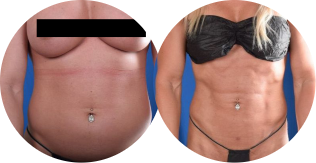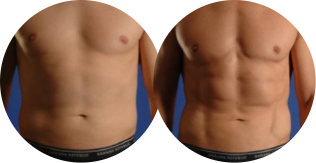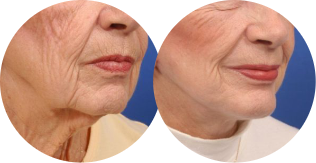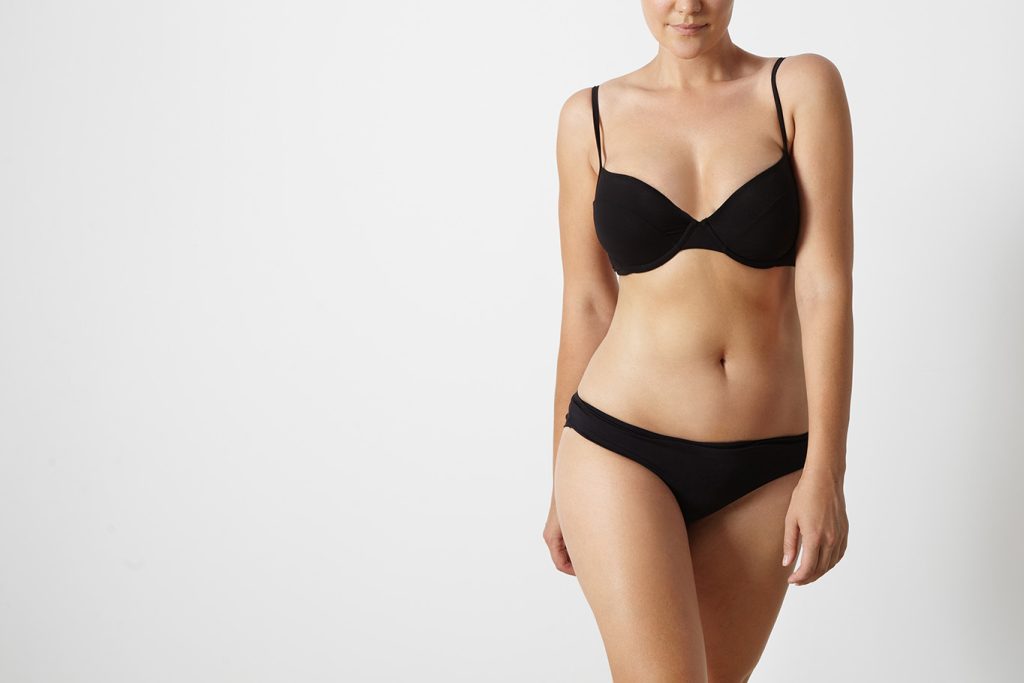There have been many advances in liposuction in the last decade. Training has been advised for surgeons implementing these new “Technologies” and “Techniques“.
Training Questions To Ask Your Surgeon:
1. Where did you do your plastic and/or cosmetic surgery training? What techniques and technologies were you trained in?
2. Are you trained to use SmartLipo (Laser-Assisted Liposuction) and VASER (Ultrasound-Assisted Liposuction) technologies?
3. Are you trained in sub-dermal/superficial liposuction and/or skin-tightening?
4. If trained in VASER Hi Def, have you completed a “Artistic Anatomy” course?
http://news.anatomytools.com/2015/01/on-site-medical-workshop-album-level-1.html
5. Are you trained in Ultrasound-Image Guided Fat Augmentation Technique (UIGFAT), the latest fat grafting techniques? UIGFAT makes fat grafting safer and more precise.
Video Transcript:
The 3rd “T” of Liposuction – “Training”
The next thing I would like to talk to you about is Training. Doctors who go through in particular plastic surgery residency programs get variable training in liposuction. In fact it’s not uncommon for many of the programs to not even have the advanced technology such as VASER and SmartLipo because they’re so expensive. So most doctors get a little bit of liposuction training, some more than others depending on the program, and come out. So it’s important in my opinion that doctors continue to seek more advanced training in whatever their area of interest is. In my case it was liposuction and liposculpture. And I found that for a better part of the last 13 years pursuing advanced training and even developing the advanced training techniques that have brought this specialty so far forward.
Training includes being able to be trained in using the advanced technology such as SmartLipo, being able to use the advanced technologies in the realm of VASER, being able to use these technologies, not just to, as I stated in my previous video, remove deep fat, but also be able to go up in the superficial fatty layer and get right underneath the skin safely and be able to cause the skin to shrink-wrap. And then for those who are looking for the more athletic appearance, be able to be trained in and able to sculpt the fat in an artistic way, which actually gets me to artistic training.
Really one of the most significant things that become obvious to me as the high-depth procedures advanced was the fact that we as surgeons had absolutely no training in artistic anatomy. In fact, the only surgeons I saw out there that were able to kind of pursue these techniques with these were those that were previously trained in some or one of the arts, say painting or drawing or sculpting.
For those of us who hadn’t been trained we had to essentially not only train ourselves in these new techniques and technologies, but we had to go back to the drawing board and obtain training in artistic anatomy. In fact I was one of the key pioneers to help set up what’s now called Sculpting for Surgeons, which is an advanced course that happens once to twice a year for five days where doctors actually use a medium of clay and are taught how to look at the human form not from a medicinal or from a cadaveric way as we’re taught in medical school but be able to understand how the bulges relate to the muscles underneath and the spaces between those muscles and how those interact with the patient’s skeleton and fat and what not.
And with that we’re able to do much more fine work, obtain much more dramatic results in the form of natural muscular experience etcetera. So training is absolutely important and a good question to ask your surgeon what type of training do they have. Do they have training in these advanced technologies such as VASER or SmartLipo? Do they have training in superficial liposculpture, which is what you need to be able to do to do skin tightening? Do they have artistic anatomic training, either from their own training or have they sought it out as part of their liposculpture liposuction technique? Thank you.
